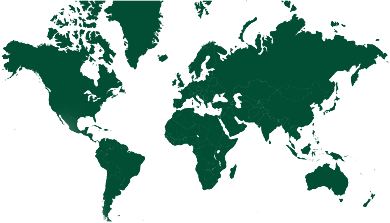Guidelines and manuals
2020 • IGES Centre Collaborating with UNEP on Environmental Technologies (CCET) Guidelines on intermediate municipal solid waste treatment technologies: composting
This guideline is intended to provide decision-makers and policy makers at the local level, a comprehensive knowledge of composting systems, to assess the feasibility of introducing composting as an alternative to enhance municipal solid waste management, based on lessons learned from projects in Asia. The document introduces different methods for composting at household and municipal levels, the technical and non-technical requirements for sustainable composting, its advantages and disadvantages, and suggests key evaluation criteria to evaluate its appropriateness in a city or country. The guideline concludes with cases studies from Indonesia, Sri Lanka, Vietnam and Japan.
Recovered Materials & Products
Compost
Soil conditioner
Waste Streams
Faecal sludge
Organic solid waste
Agricultural waste
Confirmed countries
Germany


What is this tool intended for?
This guideline is intended to provide decision-makers and policy makers at the local level, a comprehensive knowledge of composting systems, to assess the feasibility of introducing composting as an alternative to enhance municipal solid waste management, based on lessons learned from projects in Asia.
How does this tool work?
The tool provides guidance on different composting methods, including the following features:
- Types of composting systems (e.g. household composting, community-based composting, and municipal composting plants)
- Pre-conditions for successful composting (source separation of organic waste, public awareness and participation, governance capacity, institutional aspects, and financial sustainability)
- Technologies for composting process (e.g. waste preparation, aerobic fermentation, mechanical separation of contaminants, and deodorizing)
- End-product utilization (e.g. compost as a soil conditioner, fertilizer, and a component in urban greening projects)
Who might use this tool and with which types of stakeholders?
Municipal waste management authorities, policy makers in sanitation and waste management, community-based organizations, farmers, environmental organizations and advocacy groups.
What stages of a process can this tool support?
It can support feasibility assessment, planning and design, construction and setup.
What skills, capabilities and resources are required to use this tool?
Limited or basic knowledge of composting methods and the different social, institutional and financial aspects of solid waste management
Where can this tool be used?
Households, communities and at the city or municipal level.
Case examples of where this tool has been used
- Surabaya, Indonesia – Citywide composting program integrating household and community composting.
- Kuliyapitiya, Sri Lanka – Municipal composting project diverting food waste from landfills.
- Hanoi, Vietnam – Source-separated composting for urban agriculture.
- Nagai, Japan – Advanced composting facility with strict waste separation policies.
Get the Tool
The guideline is available online and freely accessible at the link below
https://wedocs.unep.org/handle/20.500.11822/33737
Technologies
Composting
Themes
Assessment
Design
Capacity building